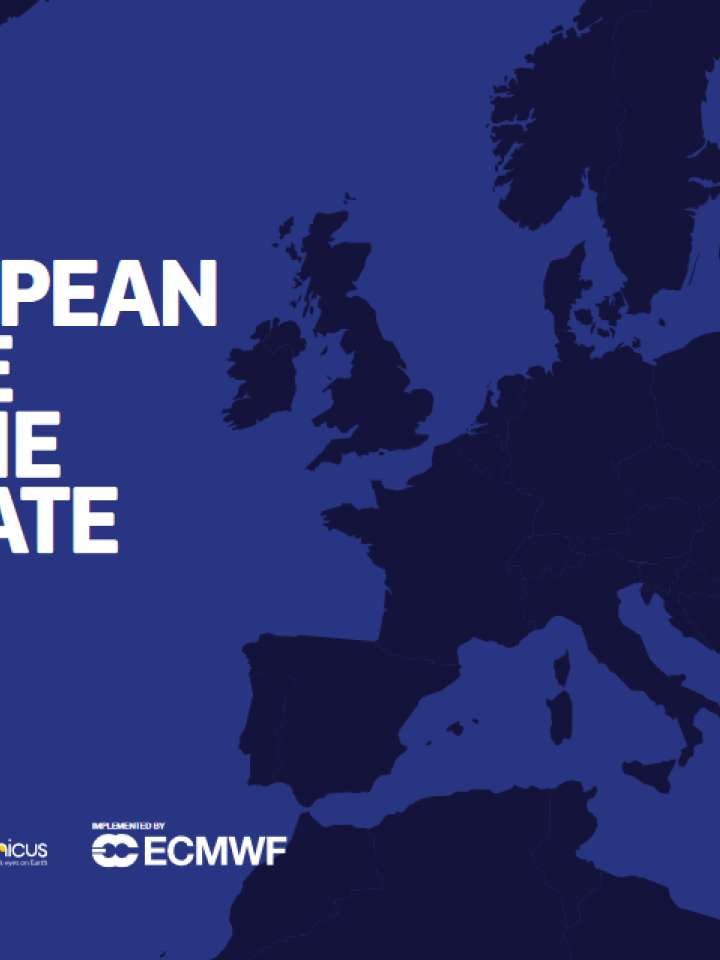European state of the climate 2019: Summary
The European State of the Climate (ESOTC) is an annual report. It provides an analysis of the monitoring for Europe for the past calendar year, with descriptions of climate conditions and events. In addition, it explores the associated variations in key climate variables and indices from across all parts of the Earth system.
The European State of the Climate 2019 shows that:
- Last year was the warmest on record for Europe, albeit by a small margin.
- Precipitation was close to the average for the year as a whole, though there were large regional differences.
- Generally, warm and dry conditions, as well as two major heatwaves during summer, contributed to drought in central Europe, as reflected by soil moisture and vegetation anomalies, and to high levels of heat stress across most of western Europe.
- At the end of the year, precipitation was much higher than average across the western and southern part of the continent, with a large number of heavy rainfall events resulting in high river discharge.
- The latest data for all global climate indicators show values in line with the trends of recent decades, with greenhouse gases continuing to increase, while glaciers and ice sheets are losing mass, further contributing to sea-level rise.
Explore further
